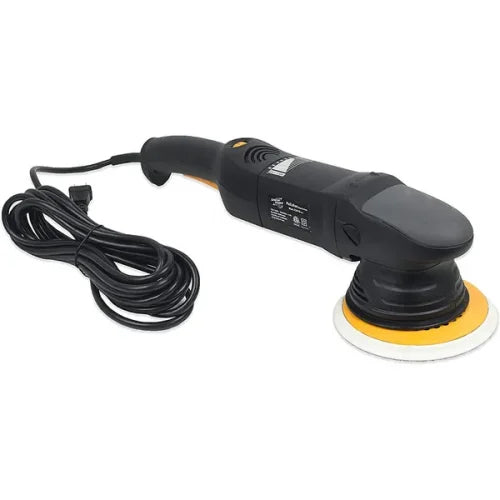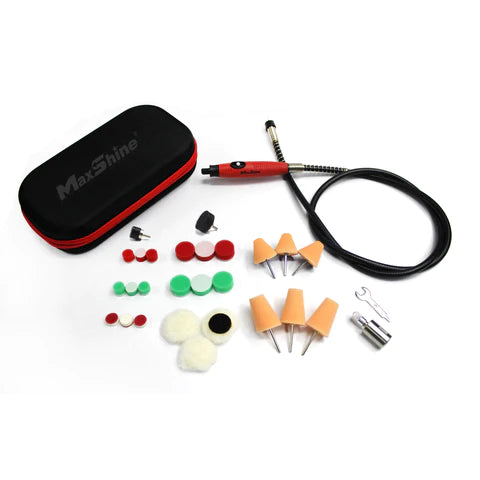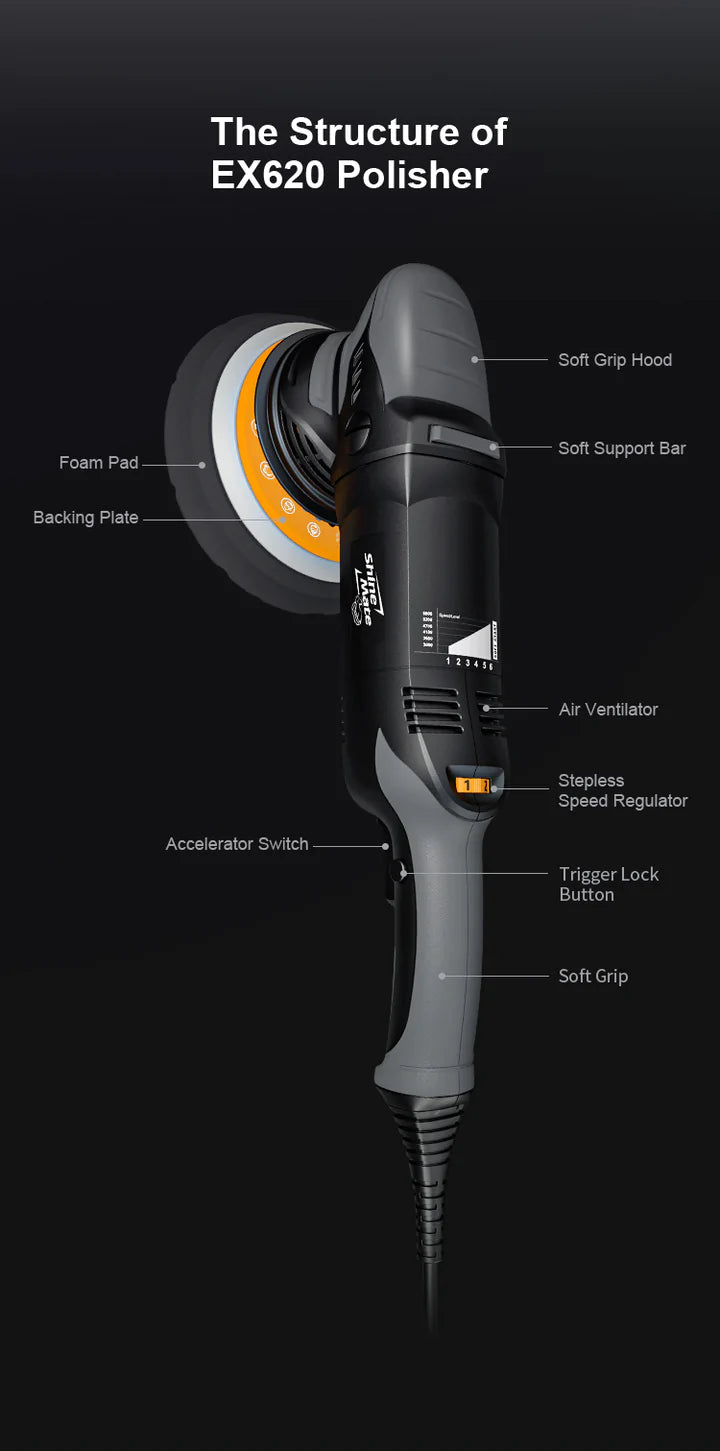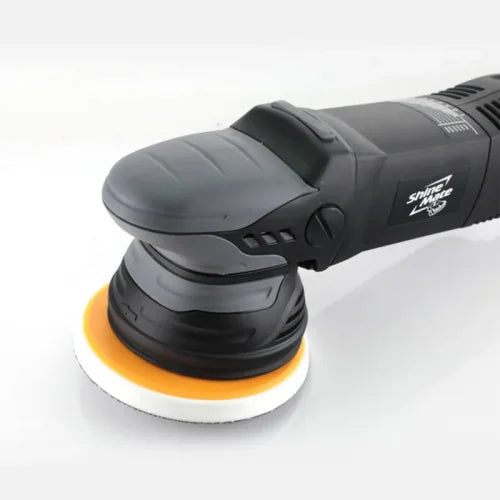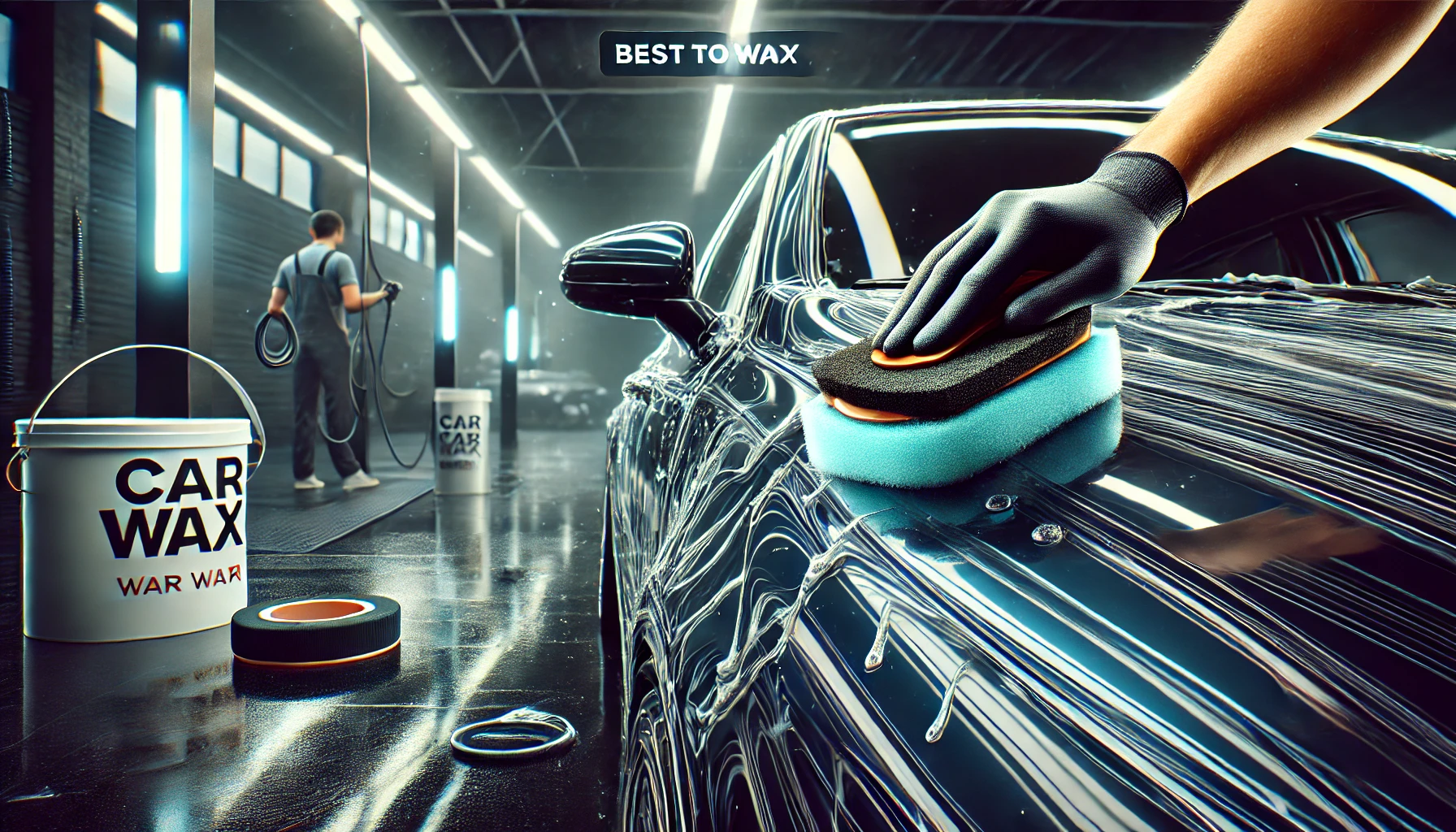Maintaining the appeal of a car is the most important part of car ownership. Besides being attractive, a well-maintained car also keeps its value over time. The most basic way to protect and enhance a car's exterior is undoubtedly the application of wax. Pointing out the best method to wax a vehicle, this blog post will endure the car's paint's last shine and protection.
1. Preparation is Key
To start the waxing process, the car's surface must be carefully prepared. A thorough wash should be done to remove dirt, dust, and other contaminants. It is advisable to utilize a pH-neutral car shampoo and a microfiber washing mitt to diminish the chances of paint scratches. However, the car should be dried with a microfiber towel or a blower so that water spots are not formed after it is washed.
2. Inspect the Paint
After ensuring the vehicle is clean and dry, the next thing to check is the paint condition and identify any blemishes. The most common problems are scratches, swirl marks, or oxidation. If some severe flaws are present, it would be better to correct the paint before waxing. This can be done by grinding the damaged parts to match the surface of the paint. However, grinding should be limited to those who are well-experienced or professionals only, because unprofessional execution can harm the paint.
3. Choose the Right Wax
The car will only benefit from the proper selection of the wax. There are a variety of car waxes available, such as natural carnauba wax and other synthetic polymer sealants. Each one has its pros and cons, and the decision is often dependent on personal preference and the unique requirements of the car. Normally, carnauba wax provides a shiny, warm, and deep look of the car; however, synthetic sealants give more long lasting protection.
4. Apply the Wax
It is advisable to work in small segments of the car instead of trying to cover the whole vehicle at once while applying the wax. To distribute the thin and even layer of the wax on the surface, the foam applicator pad or the microfiber applicator should be used. You must never apply the wax in direct sunlight or on a hot surface as it will dry very fast and therefore, it will be difficult for you to remove it.
5. Allow the Wax to Cure
After the application of the wax, let it cure as per the manufacturer's directions. It usually takes a few minutes, during which the wax will become very foggy. The curing process is when the Car wax & sealant connects with the paint surface to give the most possible protection and shine.
6. Buff the Wax
Curing is over then you can take the wax off. The bald parts where the wax was deposited in circles movements with a soft microfiber towel allow for even distribution and leave a very smooth undercoat. If it is a large vehicle, it is also possible to use a dual-action polisher with a soft foam pad to make the buffing process faster and more effective.
7. Pay Attention to Details
It is very important to get the car properly detailed right after the main body panels. At certain points of the car such as at emblems, grilles, and trim panels, areas that are difficult to reach can have the wax gently applied with a detailing brush or a cotton swab. This is done to make sure all the painted surfaces of the vehicle are protected.
you can also read about How long does a ceramic coating persist?
8. Apply Multiple Coats
If you are looking for the most remarkable output, think about putting on a few layers of the wax. Each extra layer reinforces the brightness and color and grants more shelter. You should complete each coat before retouching and curing the other ones. Usually, the standard amount of wax layers is two or three which will be the best for most vehicles.
9. Maintain the Wax Coating
To keep the wax Car coating & Sanding paper intact and prolong its life, it is important to routinely wash the vehicle with the right car care products and also to avoid using corrosive chemicals. Furthermore, the development of new quick detailing sprays between the coatings may help in maintaining the luster and protection of the paint.
10. Frequency of Waxing
Many factors such as the type of wax used, weather conditions, and the frequency of the car's use affect the union strength of wax and the surface of the vehicle. Practically, the car should be waxed thoroughly every 3-4 months. However,
11. Consider the Weather
The part that must be looked into is weather in the process of waxing. It is better to practice using a car wax that is applied on a mild day with low humidity. An example of unnecessarily low or extreme temperatures is when the direct sunlight affects the paint allowing the wax to mix correctly with the paint. If that is realistic, paint the vehicle inside a garage or a carport, so good conditions for waxing are met.
12. Use Proper Tools
Accurate equipment can play a facilitating role in improving the waxing process. Socialize in the purchasing of quality microfiber towels, applicator pads, and dual-action polisher if you stay intending on waxing quite frequently. Utilization of the tools will give you extra outcomes and it will lessen the hazard of scratching the paint by mistake.
Waxing is not only about the charm of the car; it is an important step in protecting the car's painting from the environment. Car owners will guarantee their cars are in good condition over a long period by doing this and by ensuring they regularly wax their cars. Patience and keen attention to the little details will enable you to get the conditions you desire by car waxing.
